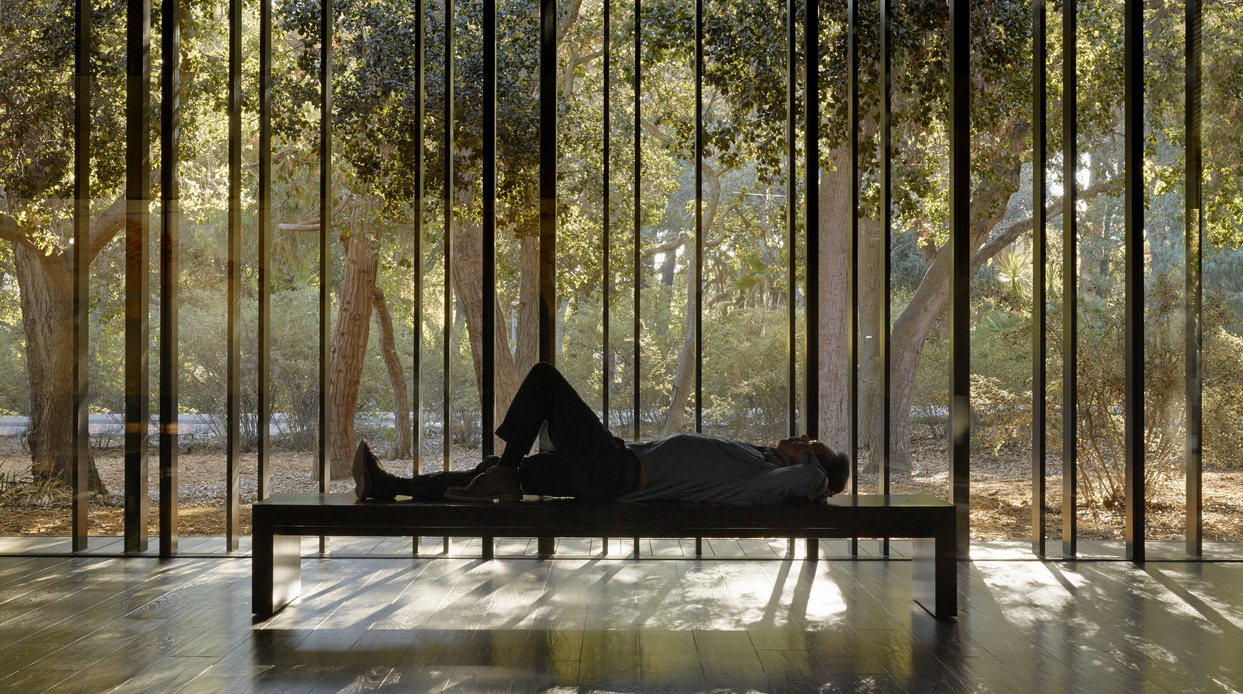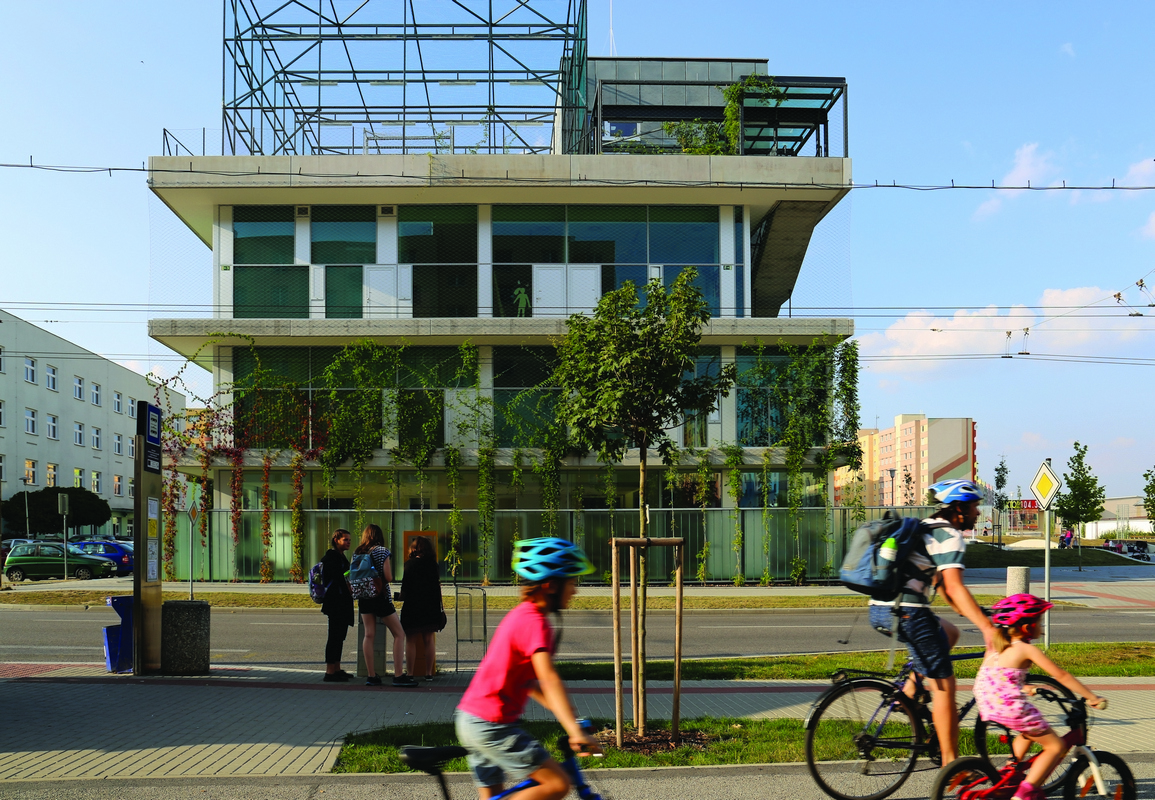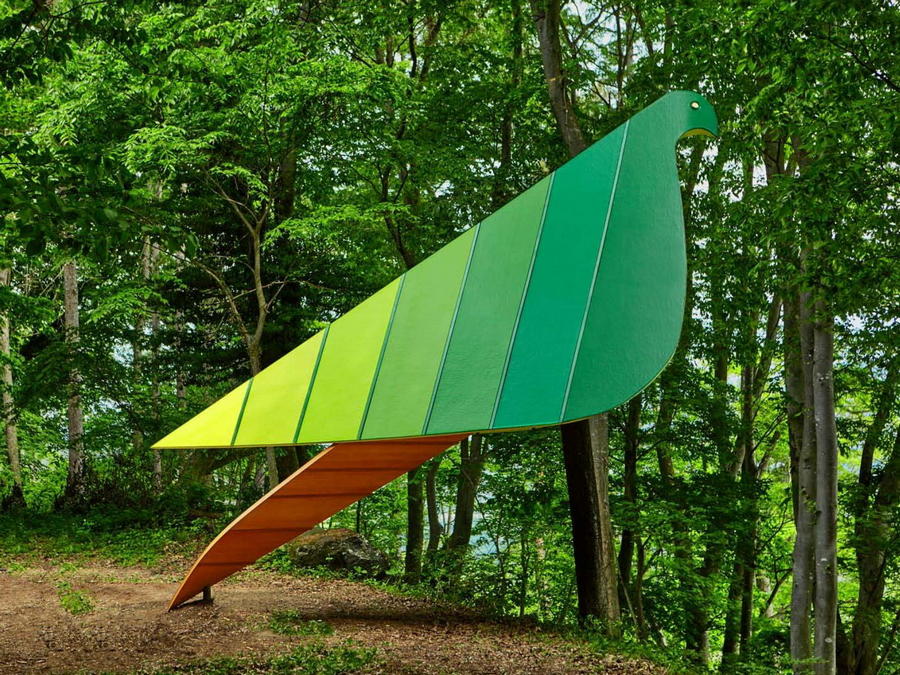Windhover Contemplative Center
The Windhover Contemplative Center is conceived of as a unification of art, landscape and architecture, to both replenish and invigorate

Aidlin Darling Design
Windhover Contemplative Center
-
Location
California, United States of America
-
Principal architect
Joshua Aidlin, David Darling
-
Architect
Kent Chiang
-
Project team:
Melinda Turner, Michael Pierry, Jeff LaBoskey
-
Project manager
Roslyn Cole
-
Landscape design office
Andrea Cochran Landscape Architecture
-
Client
Stanford University
-
Gross floor area
371.61 sqm
-
Construction year
2014
-
Photographs
Matthew Millman
The Windhover Contemplative Center is conceived of as a unification of art, landscape and architecture, to both replenish and invigorate the spirit. The sanctuary is located in the heart of the campus on a former parking lot adjacent to a natural oak grove. The extended progression to the building’s entry through a long private garden, sheltered from its surroundings by a line of tall bamboo, allows members of the Stanford community to shed the outside world before entering the sanctuary. Within, the space opens fully to the oak grove to the east and the Papua New Guinea Sculpture Garden beyond.
Louvered skylights wash the monumental 15 to 30 foot long paintings in natural light. The remaining space is kept intentionally dark to focus the visitor’s attention on the naturally highlighted paintings and the landscape beyond. Thick rammed earth walls and wood surfaces further heighten the visitor’s sensory experience acoustically, tactilely, olfactory, as well as visually.
Water, in conjunction with landscape, is used throughout as an aid for contemplation; fountains within the main gallery and the courtyard provide ambient sound while a still pool to the south reflects the surrounding trees. Exterior contemplation spaces are integrated into the use of the center, allowing views to the natural surroundings as well as to the paintings within. From the oak grove to the east, visitors can view the paintings glowing within the center without accessing the building, effectively creating a sanctuary for the Stanford community day and night.
 Romană
Romană English
English

















